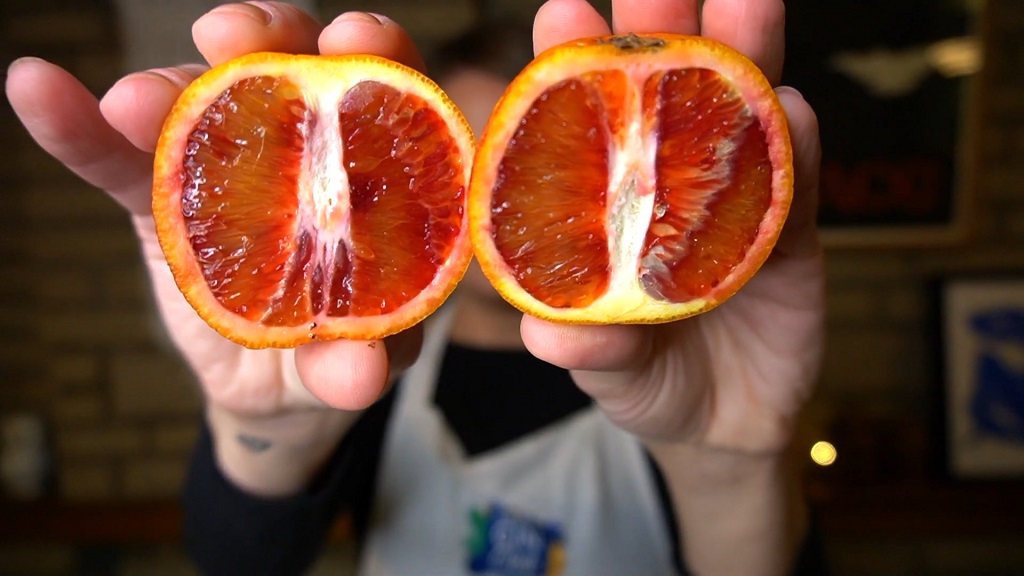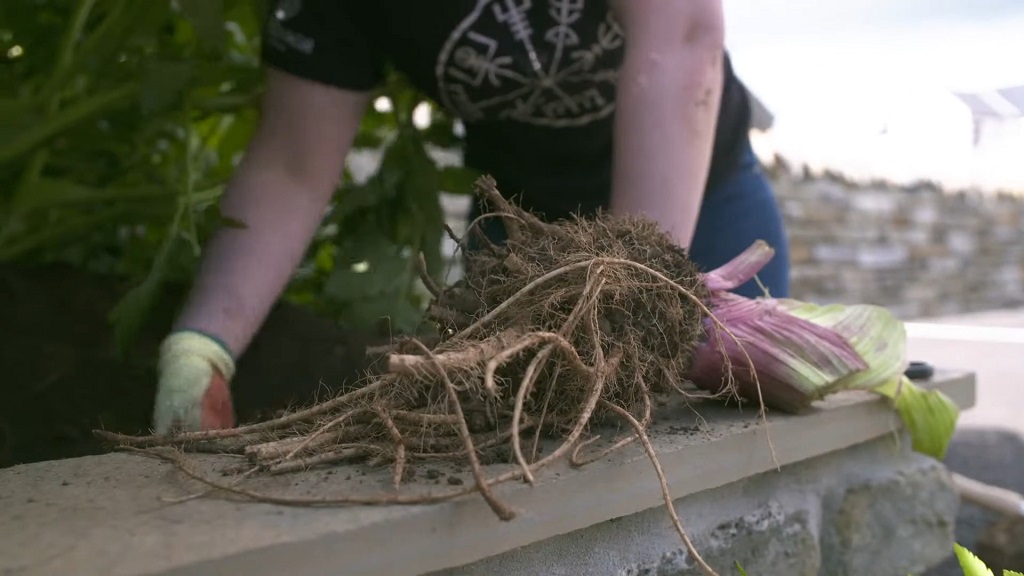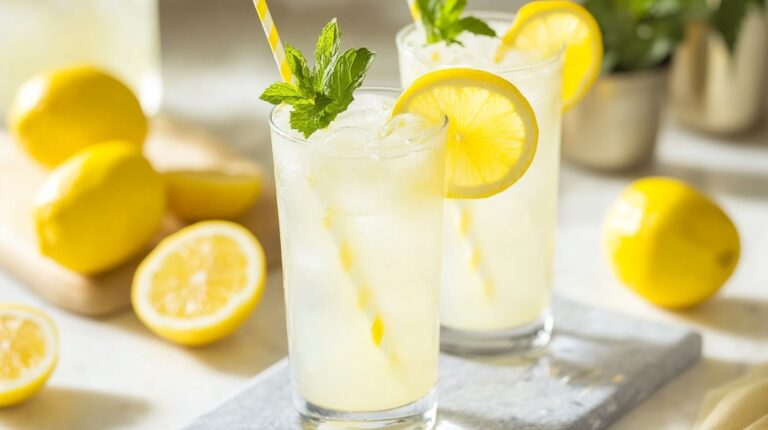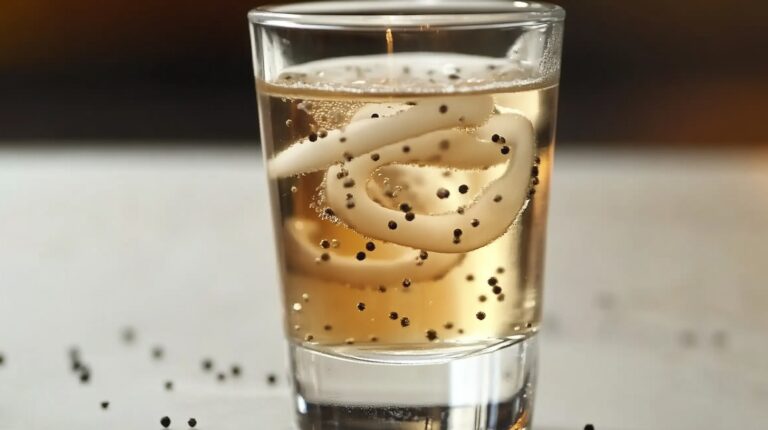Gin’s allure lies in its depth. Every sip tells a story shaped by botanicals. These ingredients define its character and make each bottle unique. From piney juniper to delicate lavender, botanicals create layers of flavor. They transform a neutral spirit into something extraordinary.
For centuries, distillers have explored new ways to blend these elements. Traditional recipes stay timeless, while modern creations push boundaries. Every ingredient adds a touch of magic, whether it is spice, citrus, or floral. Together, they form a symphony of taste.
Let’s explore how these botanicals give gin its complexity.
Table of Contents
ToggleThe Most Common Botanicals in Gin
Gin owes its flavor to botanicals. These ingredients shape every sip. Some are traditional. Others push boundaries.
| Botanical | Flavor Profile | Effect on Gin |
|---|---|---|
| Juniper Berries | Piney, slightly sweet | Defines gin’s core flavor |
| Coriander Seeds | Citrus, spicy, nutty | Adds brightness and subtle spice |
| Angelica Root | Earthy, musky, slightly bitter | Balances aromatic ingredients |
| Orris Root | Floral, woody, violet-like | Stabilizes and preserves flavors |
| Lemon Peel | Bright, zesty, tangy | Enhances freshness |
| Orange Peel | Sweet, fruity, slightly bitter | Brings sweetness and balances bitterness |
| Cardamom | Warm, spicy, with a hint of citrus | Adds depth and warmth |
| Cinnamon | Warm, sweet, woody | Introduces a comforting spice |
| Lavender | Floral, sweet, herbaceous | Lends a delicate floral aroma |
How Juniper Defines Gin’s Flavor?

Juniper dominates the flavor profile of gin. Its piney and slightly sweet notes create the spirit’s identity. It balances other ingredients, bringing harmony to the mix.
The Source of Juniper
Juniper berries are seed cones, not true berries. They grow in the Mediterranean and parts of Europe. Some grow in Scotland, though populations there need protection. Harvesting requires care to ensure sustainability.
The Impact of Juniper in Gin
Juniper leads the tasting experience. Piney notes come first. A slight sweetness follows. It pairs well with citrus and spices. These combinations create depth without masking the juniper’s character.
Citrus Elements That Add Brightness

Citrus cuts through heavier flavors. It adds brightness and balance. Lemon peels bring tangy sharpness. Orange peels add sweetness with a hint of bitterness. Together, they lighten the profile of the gin.
How Citrus is Used?
Distillers use citrus peels, not the fruit itself. The oils in the peel carry the flavor. These peels are dried or fresh, depending on the recipe. They are either macerated with the spirit or used in vapor infusion.
What Citrus Does in Gin?
Citrus is often the first flavor people notice. It pairs naturally with juniper. Lemon highlights the piney notes. Orange complements spices and florals. A well-crafted gin uses citrus to lift the overall flavor without overpowering it.
Roots and Spices That Bring Depth

Roots and spices add complexity to gin. They create balance and provide structure. Angelica, orris, cardamom, and cinnamon are among the most common.
Angelica root is earthy and slightly bitter. It grounds the flavors and binds them together. Orris root adds subtle floral and woody notes. Both stabilize the botanical mix, ensuring a cohesive taste.
Spices introduce warmth and richness. Cardamom adds a citrusy spice with a hint of sweetness. Cinnamon brings a warm, woody quality. These elements create layers of flavor that complement juniper and citrus.
How Roots and Spices Work Together
Roots provide a solid base. Spices add contrast and highlight other ingredients. Together, they create balance. Each sip reveals a progression of flavors, from earthy and warm to bright and aromatic.
Roots and spices give gin its depth. They transform it from simple to complex. Every ingredient plays a role in building the final profile.
Floral Notes That Enhance Aroma

Floral botanicals bring elegance to gin. They add subtle aromas and delicate flavors. Lavender, chamomile, and rose are popular choices.
Floral elements soften the profile of gin. Lavender adds a gentle sweetness. Chamomile brings a hint of earthiness. Rose offers a light, fragrant touch. These botanicals balance stronger flavors like juniper and spice.
How Floral Ingredients Are Used?
Distillers carefully control floral additions. Too much can overpower the gin. Flowers are often dried to preserve their aroma. They are added during vapor infusion to extract their delicate oils.
What Floral Notes Add to the Experience?
Floral flavors linger softly on the palate. They enhance the aroma without overwhelming the taste. Lavender pairs well with citrus. Chamomile complements earthy and spicy tones. Each flower adds a unique layer to the gin’s complexity.
Modern Botanicals Changing Gin Profiles

Distillers now use botanicals like cucumber, hibiscus, and seaweed. These choices create innovative flavor profiles.
Modern botanicals help gins stand out. They introduce unique flavors that appeal to evolving tastes. Cucumber adds freshness. Hibiscus brings tart and fruity notes. Seaweed introduces savory and briny elements.
Producers often source these botanicals locally. Freshness is key for their flavor. These ingredients are carefully infused to preserve their distinct qualities. Vapor infusion is a common method, ensuring subtle flavors are captured.
The Impact of Modern Botanicals
Modern additions create more diverse gin styles. They expand the range beyond traditional profiles. Cucumber pairs well with light and refreshing gins. Hibiscus adds color and vibrancy. Seaweed complements spicy and savory combinations.
Examples of Gins Featuring Modern Botanicals
- Hendrick’s Gin: Uses cucumber and rose to create a refreshing and floral profile.
- Roku Gin: Features yuzu peel, sakura flower, and sencha tea for citrus and floral flavors.
- The Botanist: Incorporates 22 foraged botanicals, including heather, apple mint, and bog myrtle.
- Silent Pool Gin: Blends kaffir lime, chamomile, and honey for a complex flavor profile.
- Four Pillars Bloody Shiraz Gin: Infused with Shiraz grapes for a bold, fruity taste and deep red color.
- Seaside Gin by Edinburgh Gin: Highlights marine botanicals like seaweed and scurvy grass for a briny, savory flavor.
Regional Ingredients Used in Gin
Regional ingredients make each gin stand out. They are tied to specific areas and bring distinct flavors to the mix. Here are some examples of regional botanicals used by distillers.
- Basil: Often sourced from the Mediterranean, basil adds a fresh herbal taste that works well with citrus flavors.
- Finger Lime: A native Australian ingredient that brings a sharp citrus taste. It is used in gins to create a refreshing and clean profile.
- Douglas Fir: Popular in gins from the Pacific Northwest. It adds earthy and resinous notes that pair well with juniper.
- Honeybush: Found in South Africa, honeybush contributes mild sweetness and smooth flavors. It is often used in warm, rich gins.
- Cloudberry: A rare berry from Nordic regions. It has a tart and fruity flavor that adds a local touch to gins from those areas.
- Kaffir Lime Leaves: Common in Southeast Asian gins. These leaves bring bold citrus flavors with a slight earthiness that enhances the mix.
Methods That Extract Botanical Flavors
The method of extracting botanical flavors affects the final taste of gin. Distillers use different techniques to highlight specific elements. Each method influences how the botanicals interact with the spirit.
Maceration for Full Flavor
Maceration involves soaking botanicals in alcohol. This process extracts intense flavors by allowing the spirit to absorb essential oils. It is a traditional method often used for bold, juniper-forward gins.
Vapor Infusion for Subtle Notes
Vapor infusion suspends botanicals above the spirit during distillation. As the alcohol vapors pass through the botanicals, they pick up lighter, more delicate flavors. This method is ideal for preserving floral and citrus notes.
Vacuum Distillation for Precision
Vacuum distillation, also called cold distillation, reduces the boiling point of alcohol. This technique avoids heat damage, preserving the freshness of delicate botanicals like cucumber or hibiscus.
How to Balance Botanicals in Gin?
Creating a balanced gin takes thought and precision. Each botanical brings something unique, but they must work together to create harmony. Here is how distillers achieve that balance.
Let Juniper Lead
Start with the right amount of juniper. Its piney flavor defines gin, so it must take the spotlight. However, too much can make the gin overwhelming. The key is to let it shine while leaving room for other flavors.
Use Citrus to Brighten
Citrus botanicals like lemon or orange peel add brightness. They cut through heavier flavors and keep the gin lively. Experiment with small amounts to find the right level of freshness.
Ground with Roots and Spices
Roots like angelica or orris stabilize the mix. They prevent lighter botanicals from fading. Spices such as cardamom or cinnamon add warmth, but they should not overpower the main notes.
Add Floral Notes Carefully
Floral elements like lavender or chamomile should be subtle. They enhance the aroma and add softness, but too much can overwhelm the profile.
FAQs
What Are Some Popular Gin Cocktails?
Gin is a versatile spirit that is the foundation of many classic cocktails. The gin martini is one of the most iconic, made with gin and dry vermouth, often garnished with an olive or lemon twist. Other popular gin cocktails include the gin and tonic, Tom Collins, Negroni, and French 75. Each highlights the botanical flavors of gin in different ways.
How Many Shots Are in a Fifth of Gin?
A fifth of gin contains around 16 standard shots. A “fifth” refers to a 750 ml bottle, and a standard shot is typically 1.5 ounces.
Can Gin Be Aged in Barrels?
Yes, some gins are aged in barrels to add depth and complexity. Barrel-aged gins often develop subtle flavors of wood, vanilla, or spice, complementing their botanical base. This process is less common but adds a unique twist to the spirit.
How Long Does Gin Last After Opening?
Once opened, gin can last for years if stored properly. Keep it in a cool, dark place with the cap tightly sealed. Over time, the flavor may fade slightly due to air exposure, but it remains safe to drink.
What Glass Is Best for Serving Gin?
The type of glass depends on the cocktail. A highball glass is ideal for a gin and tonic, as it holds more ice and allows room for carbonation. For a martini, a traditional martini glass works best. Neat gin is often served in a rocks glass to concentrate the aroma.
Last Words
Gin is a spirit full of possibilities. Its flavors come from a careful balance of botanicals. Each sip is unique, shaped by tradition and creativity. From juniper to modern additions, every element plays a role. Gin continues to evolve, offering something for every taste.









